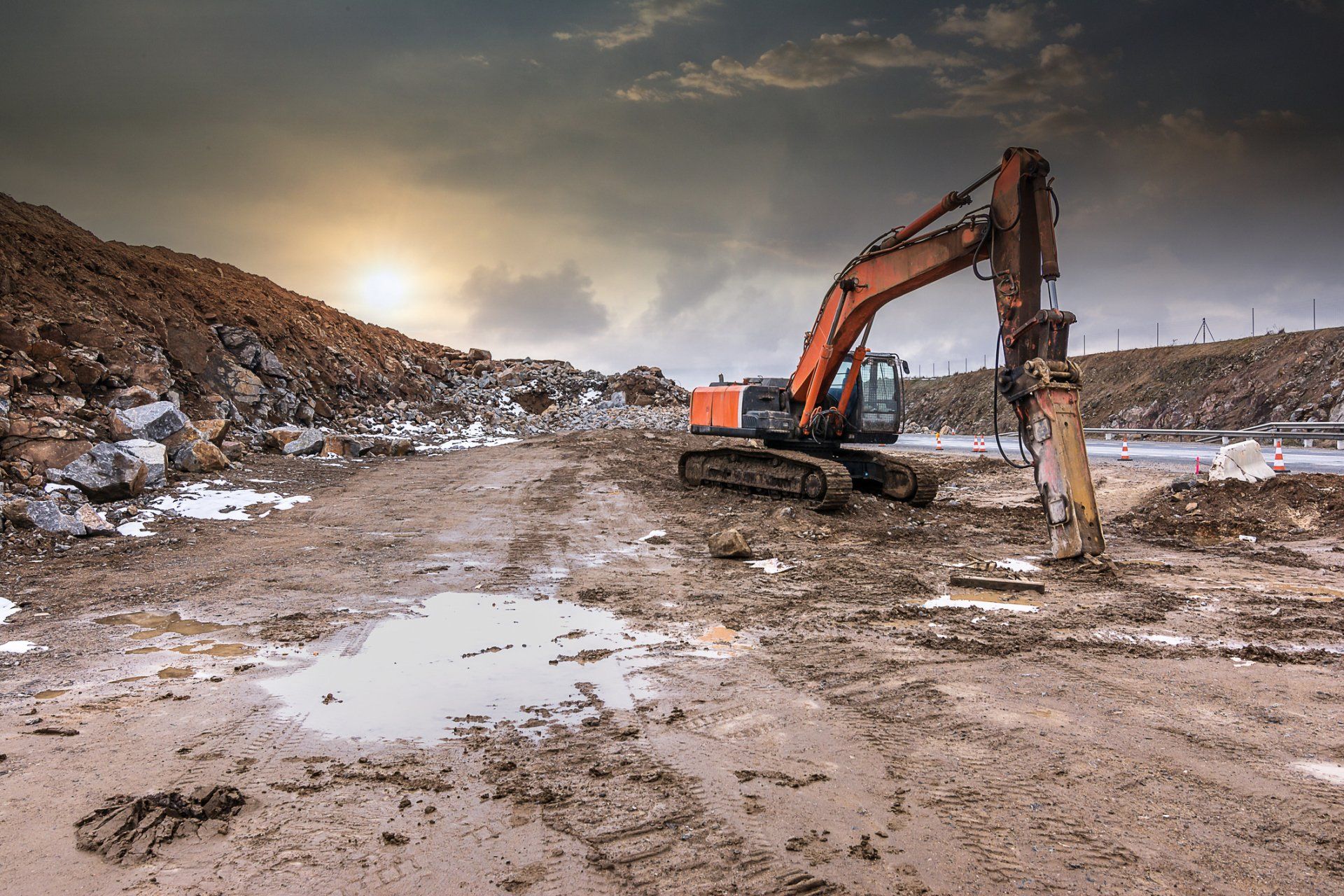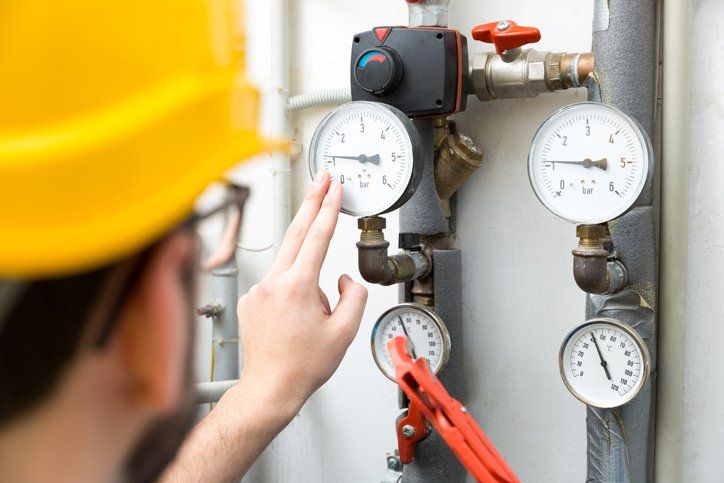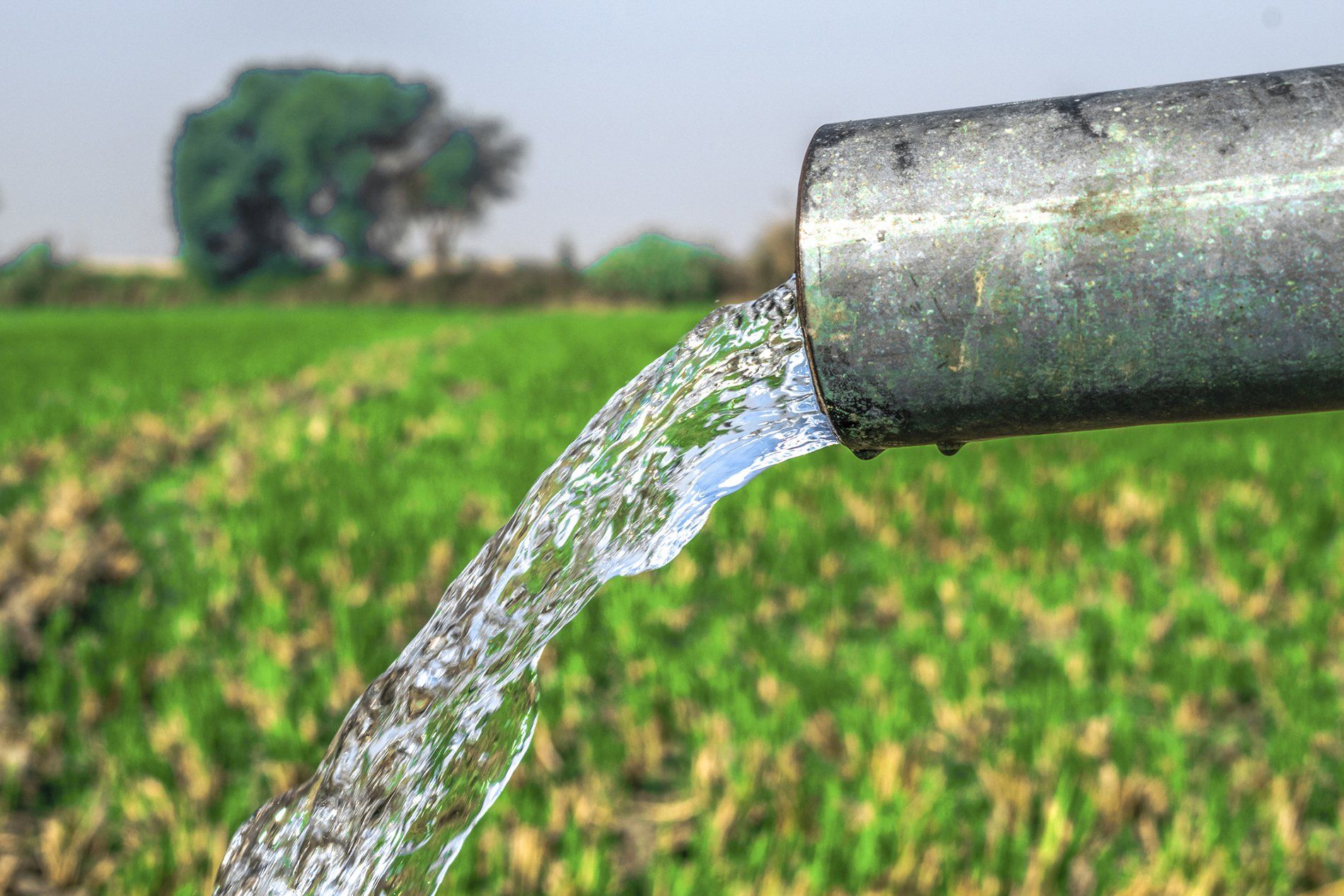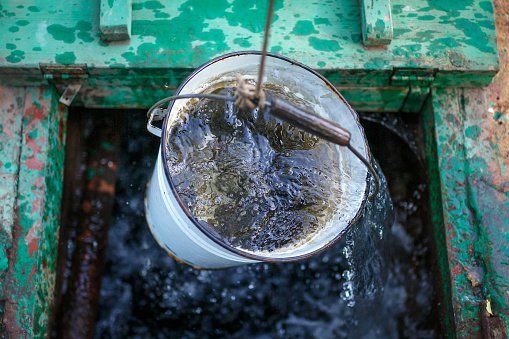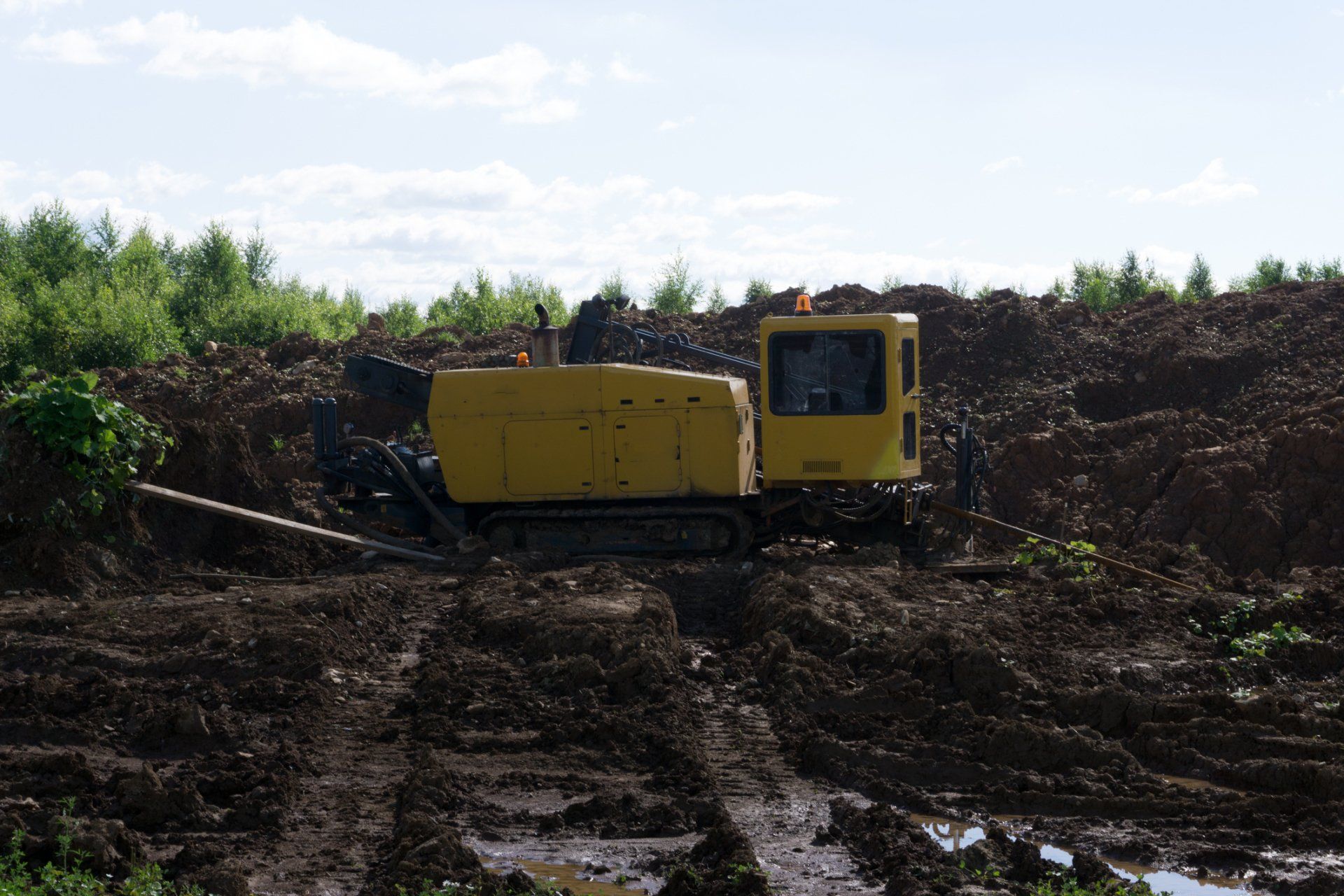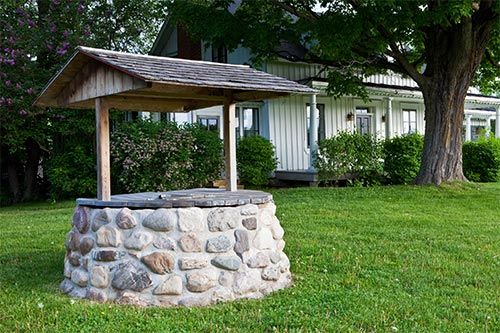Water is an element that is essential to sustaining life but can be one of the most destructive forces on Earth. Although the water that you encounter on a construction site might not pose a serious safety risk to you or your employees, it can derail your project and increase your budget if not handled appropriately.
Dewatering is one of the most important processes that occurs on a construction site. Removing ground or surface water from the site allows for constructing a structurally sound building.
Water cleared from a construction site must be moved elsewhere, typically to a discharge area. Choosing the right discharge area is critical to successful dewatering any area that construction crews clear and prepare for construction activities.
The movement of water can directly and immediately impact the surrounding environment. Soil erosion is a serious concern for companies investing in construction dewatering.
The discharge area should always be near a wooded buffer when possible. Trees and shrubs help to limit erosion by reducing the speed at which water travels to streams or other watersheds. The water removed from your construction site will travel through the wooded buffer where trees and shrubs can absorb some of the liquid.
Wooded buffers can also help limit the loss of fish habitat and stream bank erosion that can occur when you introduce a large volume of water into a new area.
Another precaution that you should take when identifying a suitable location for discharging water from a construction site is to avoid natural slopes.
The water that you introduce into the discharge area will move at a faster rate than naturally occurring stormwater. This limits the absorption rate of the soil and leaves the environment susceptible to erosion.
Natural slopes can further increase the speed at which water moves, resulting in serious erosion that can permanently alter the landscape. Opt for a discharge area that is relatively level to avoid the erosion and runoff problems that are associated with slopes.
You should know the water table level in the area surrounding your construction site. High water tables can make establishing a discharge area nearly impossible since the soil will already be saturated with natural groundwater. If the water table is too high to facilitate successful discharge, you can rely on a pump for your dewatering needs.
You can install a well with a pump that will remove groundwater from your construction site. You can collect and store this groundwater in temporary storage ponds or silos before loading it onto tankers for permanent discharge.
The right system will be able to keep up with your dewatering needs without causing significant strain to the pump over time. You can also use the well and pump system for construction sites that are located in urban areas where a discharge plan is not feasible.
Managing water on a construction site is critical to the success of any project. Excessive ground or surface water will need to be relocated before you can complete the construction of your building. You should carefully select a discharge area to avoid causing any permanent damage to the environment surrounding your construction site.
If you would rather use a well and pump system to manage your dewatering, give
McCall Brothers Inc.
a call. We have the experience required to install, maintain, and service your dewatering pump for maximum control over water levels on your construction site. We are always happy to answer any of your questions or concerns about water on your construction site. Talk to our experienced staff today.

